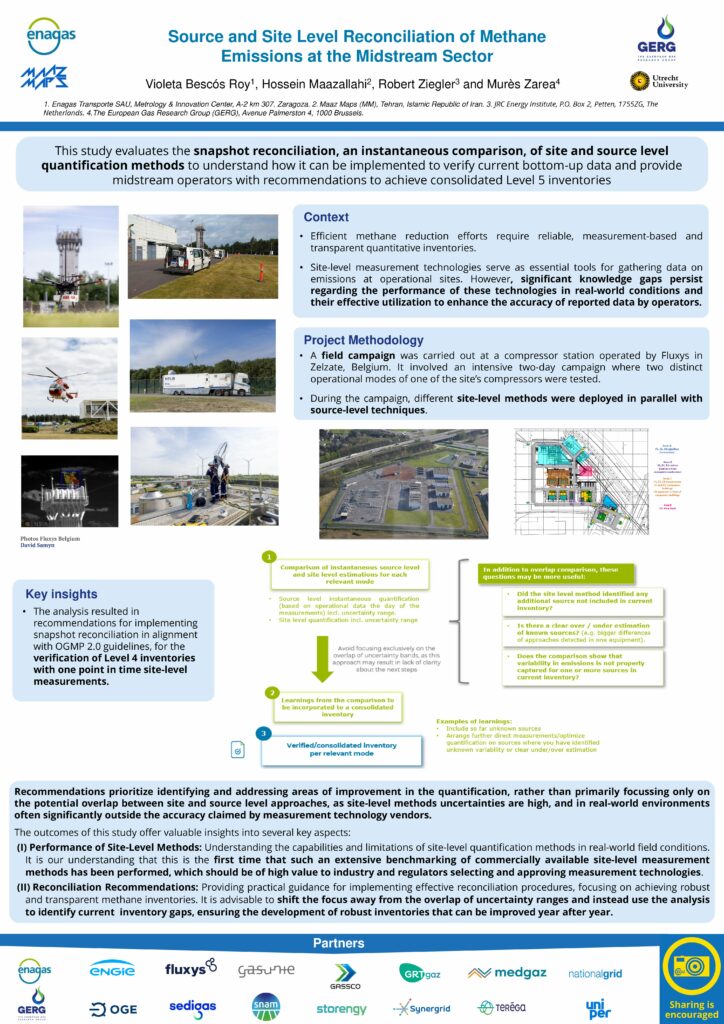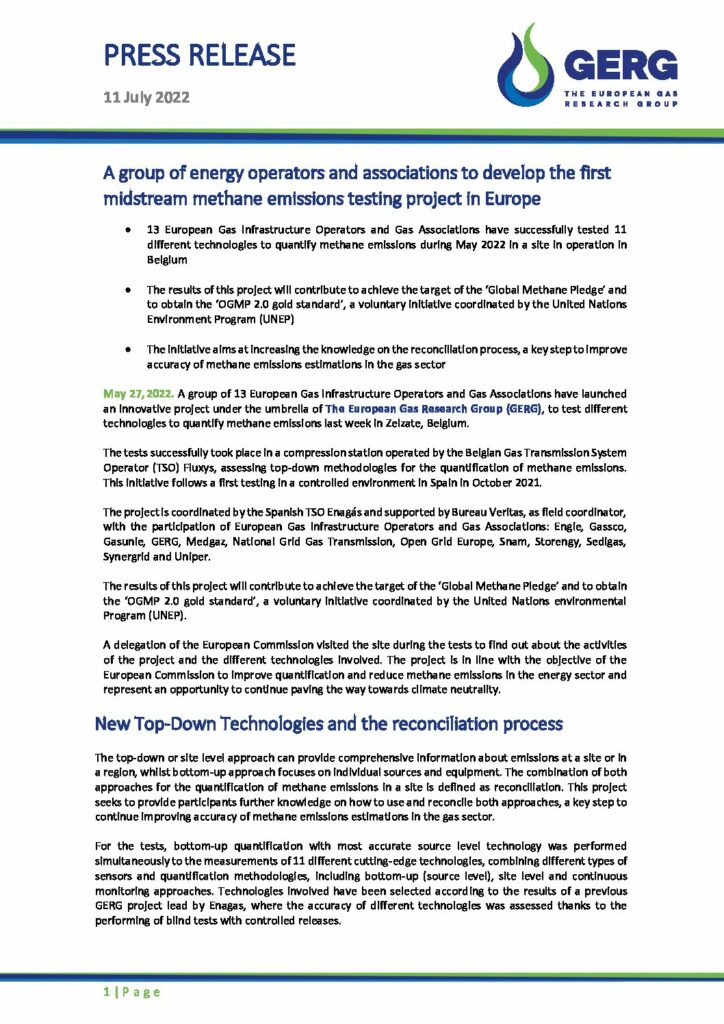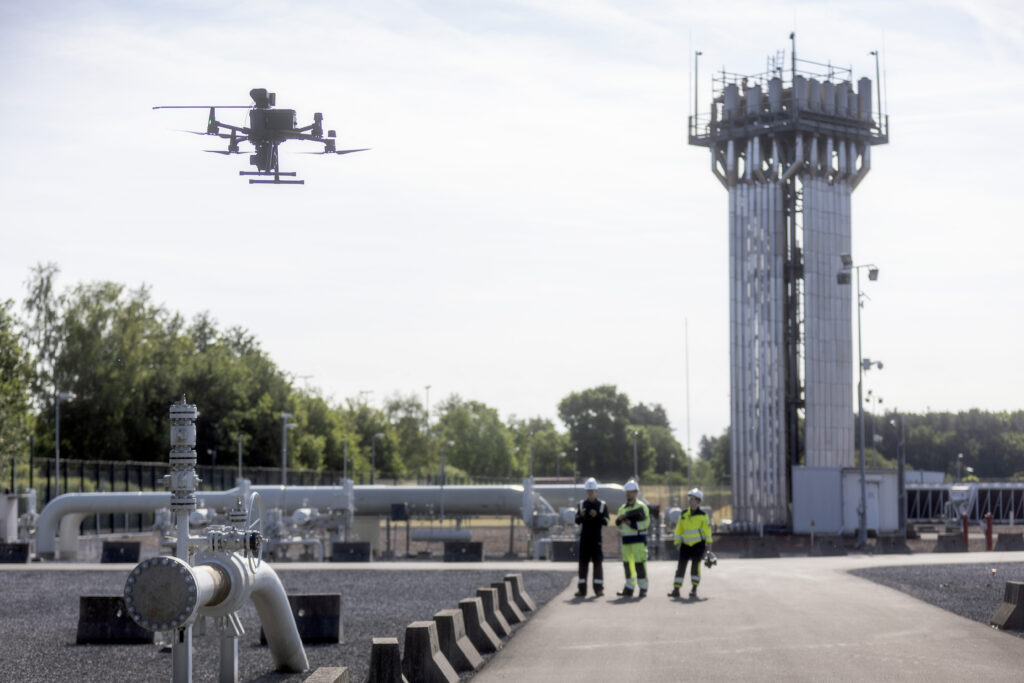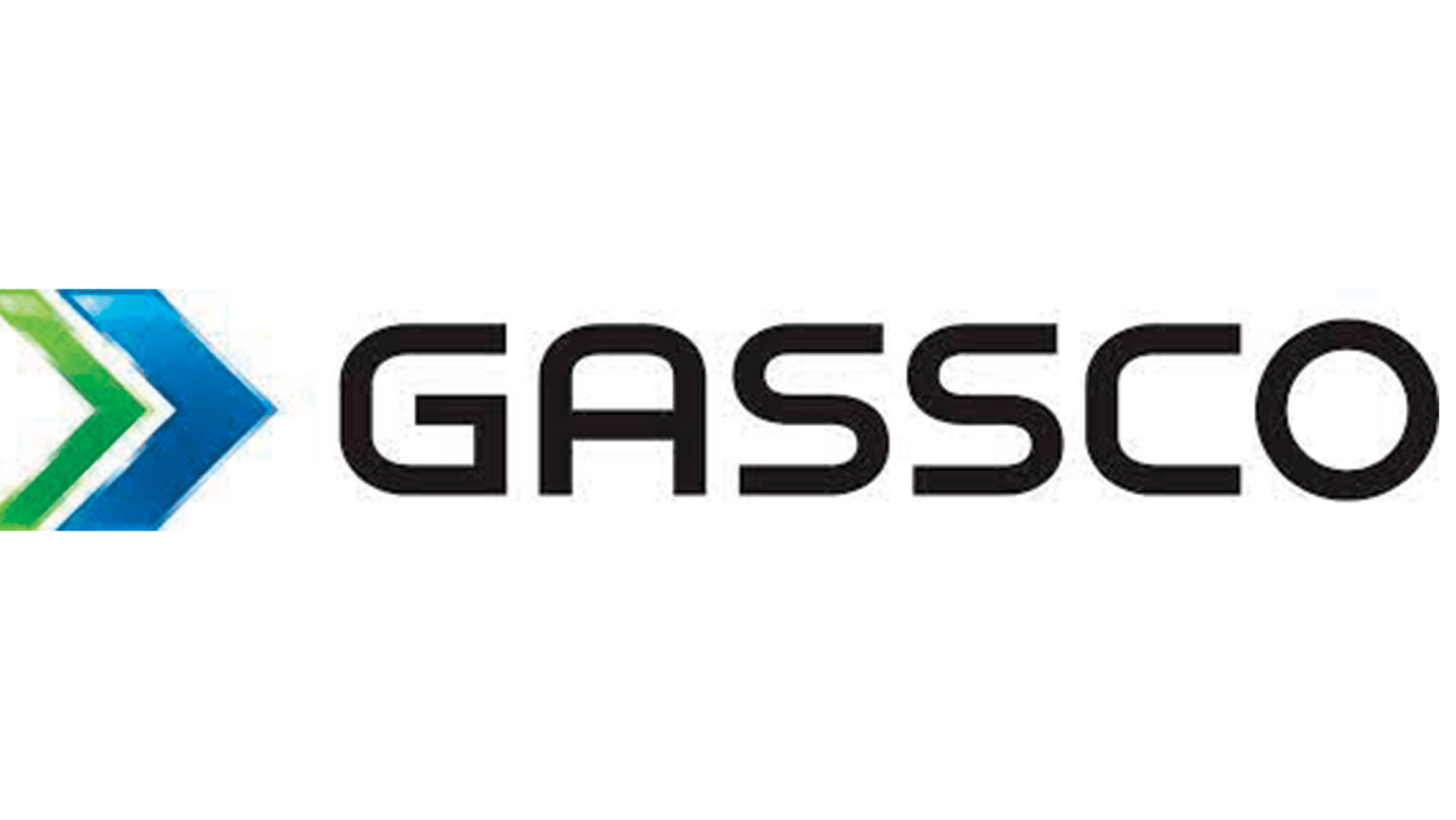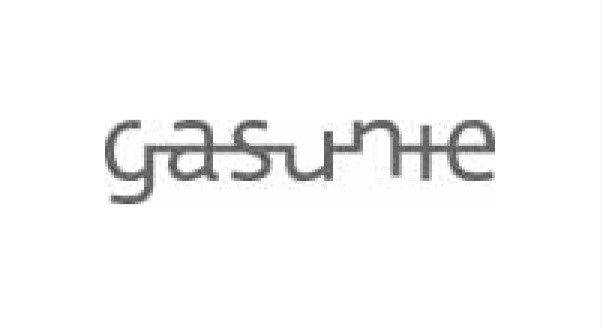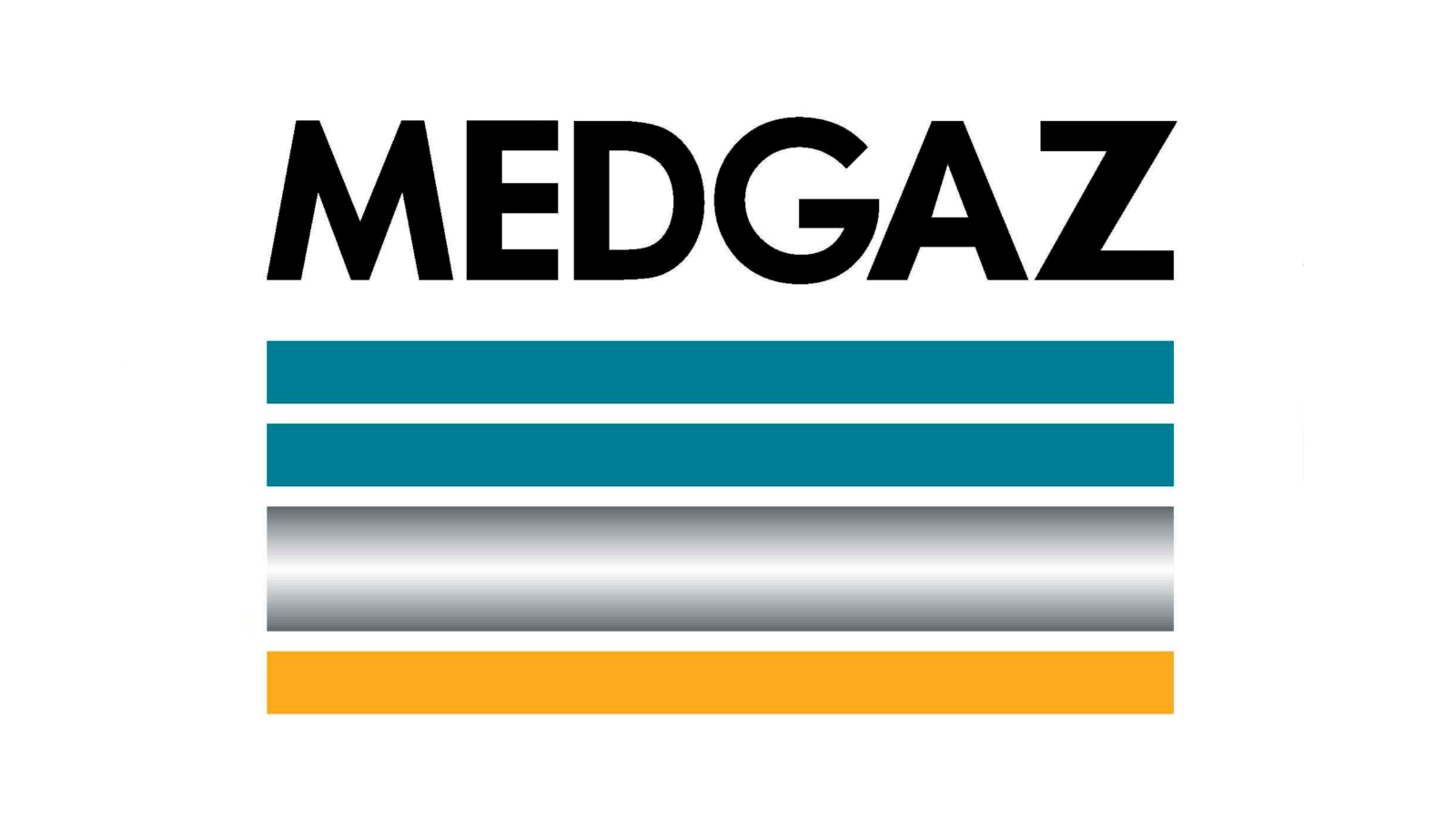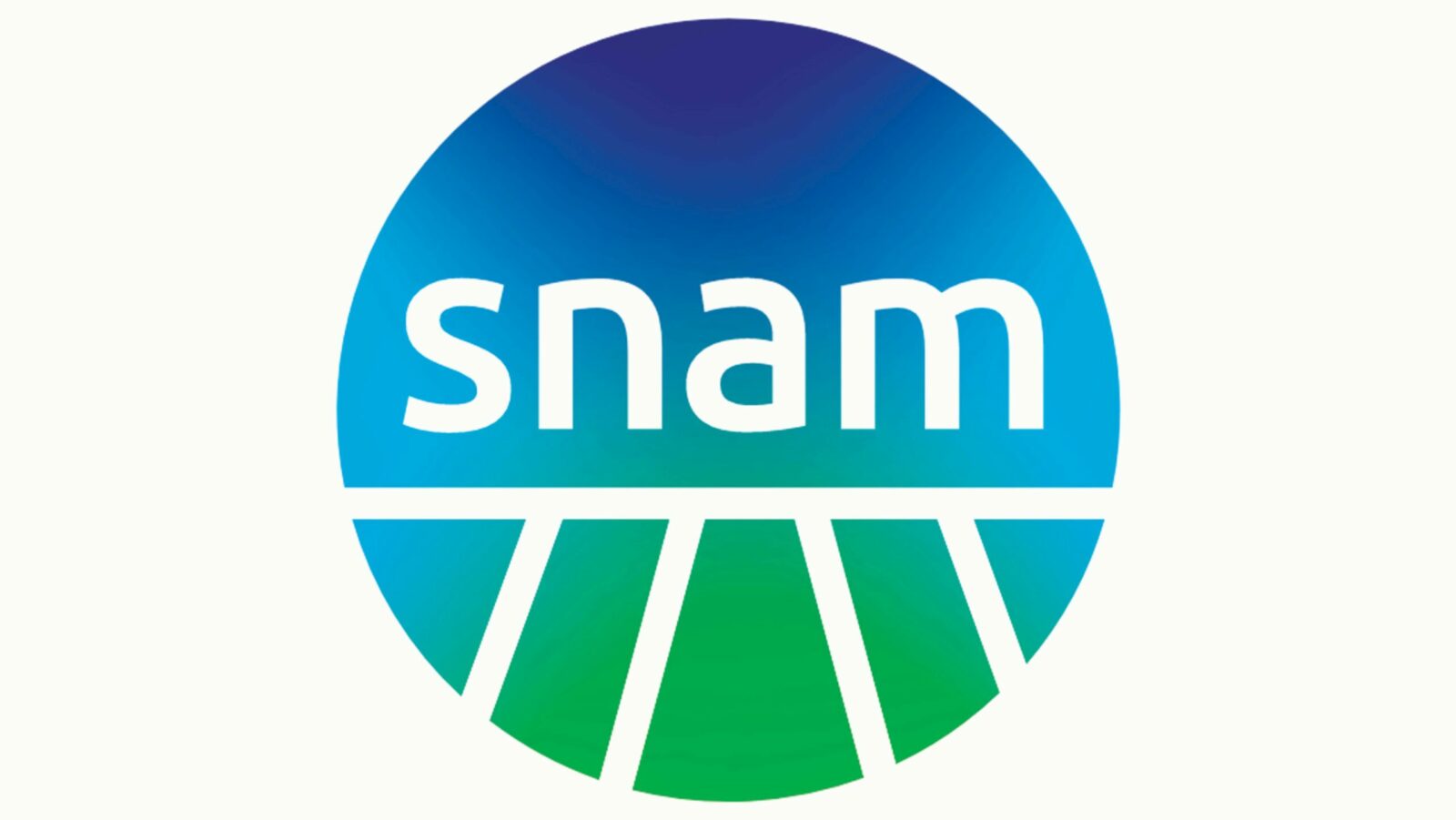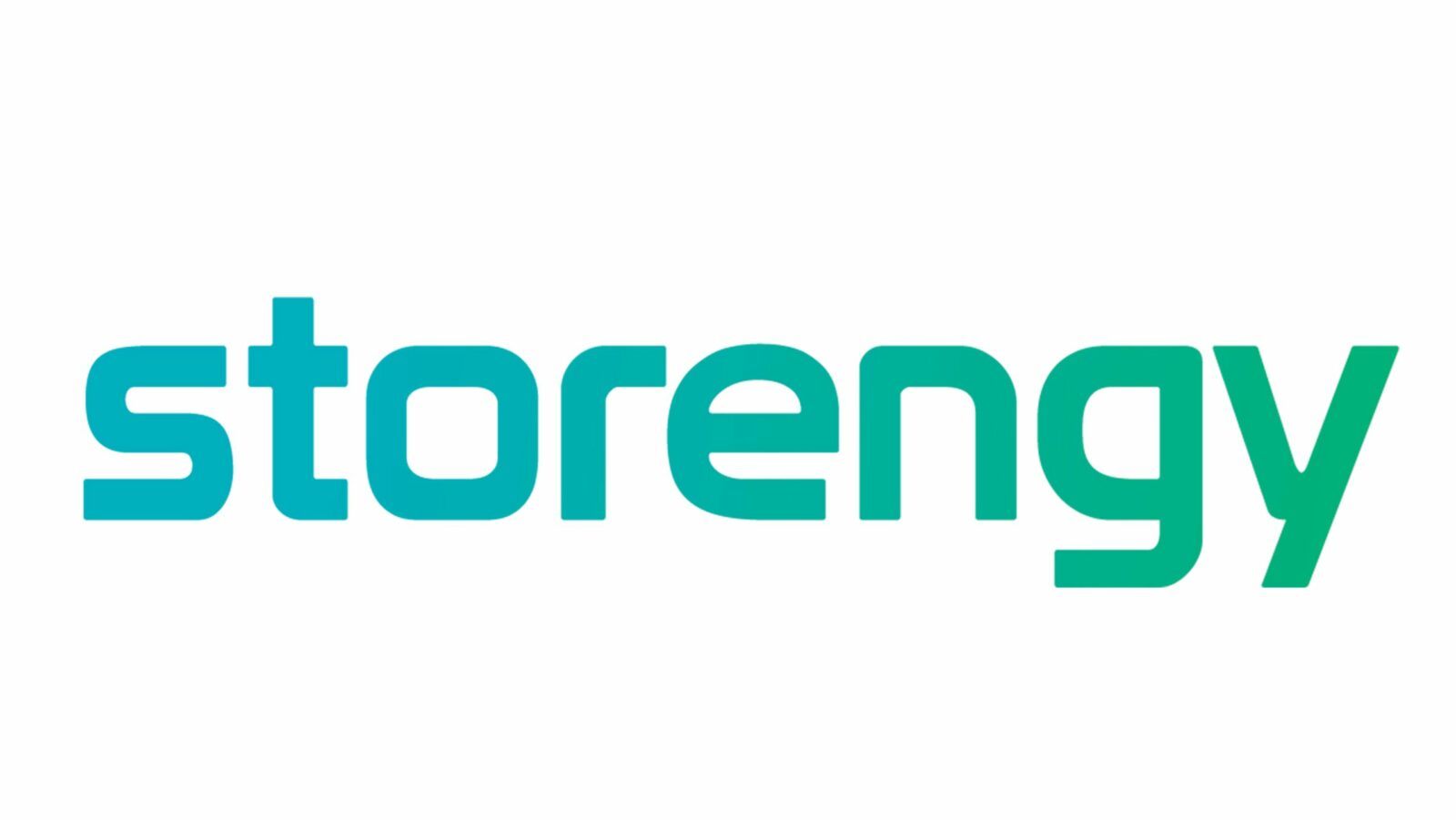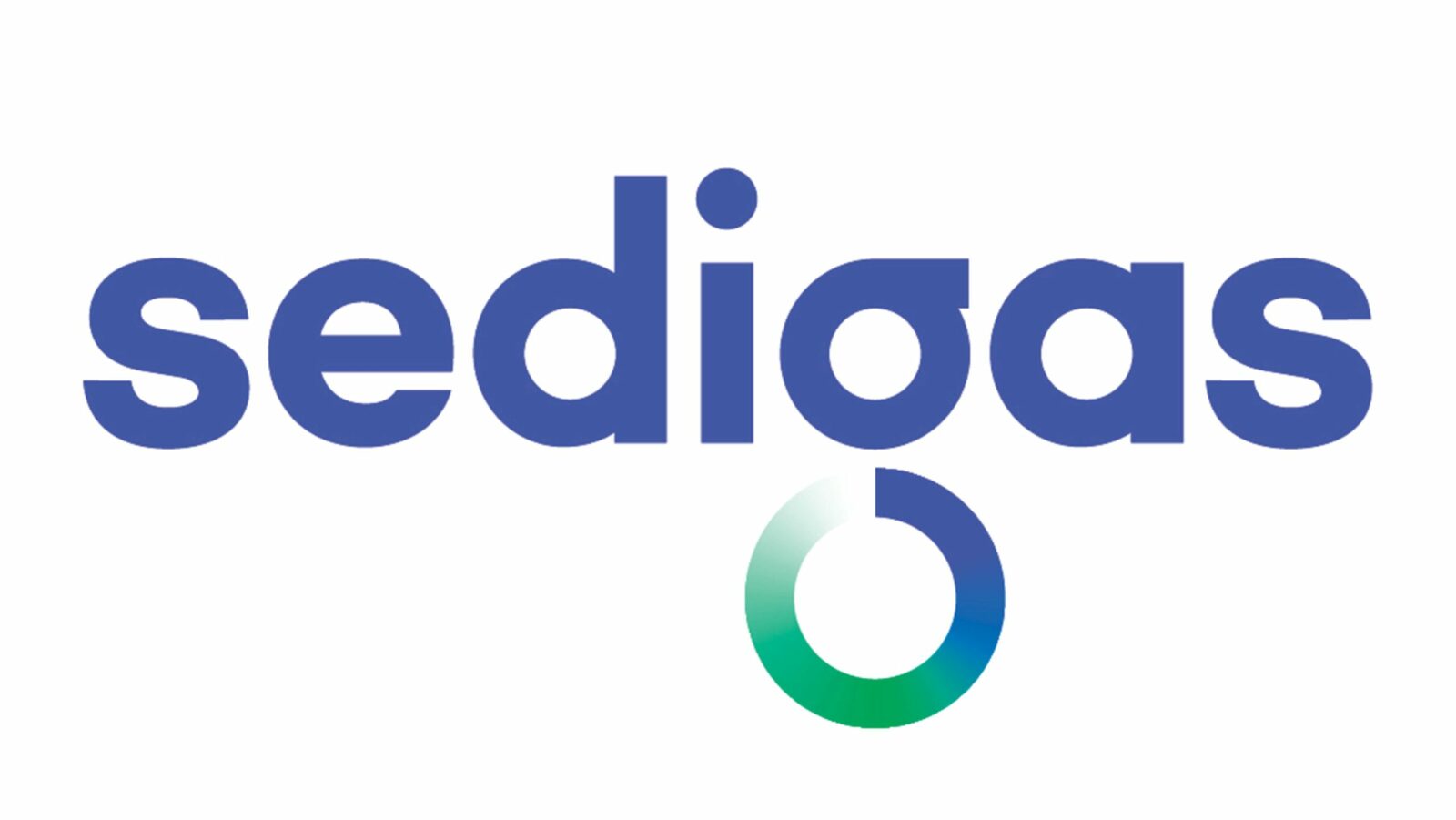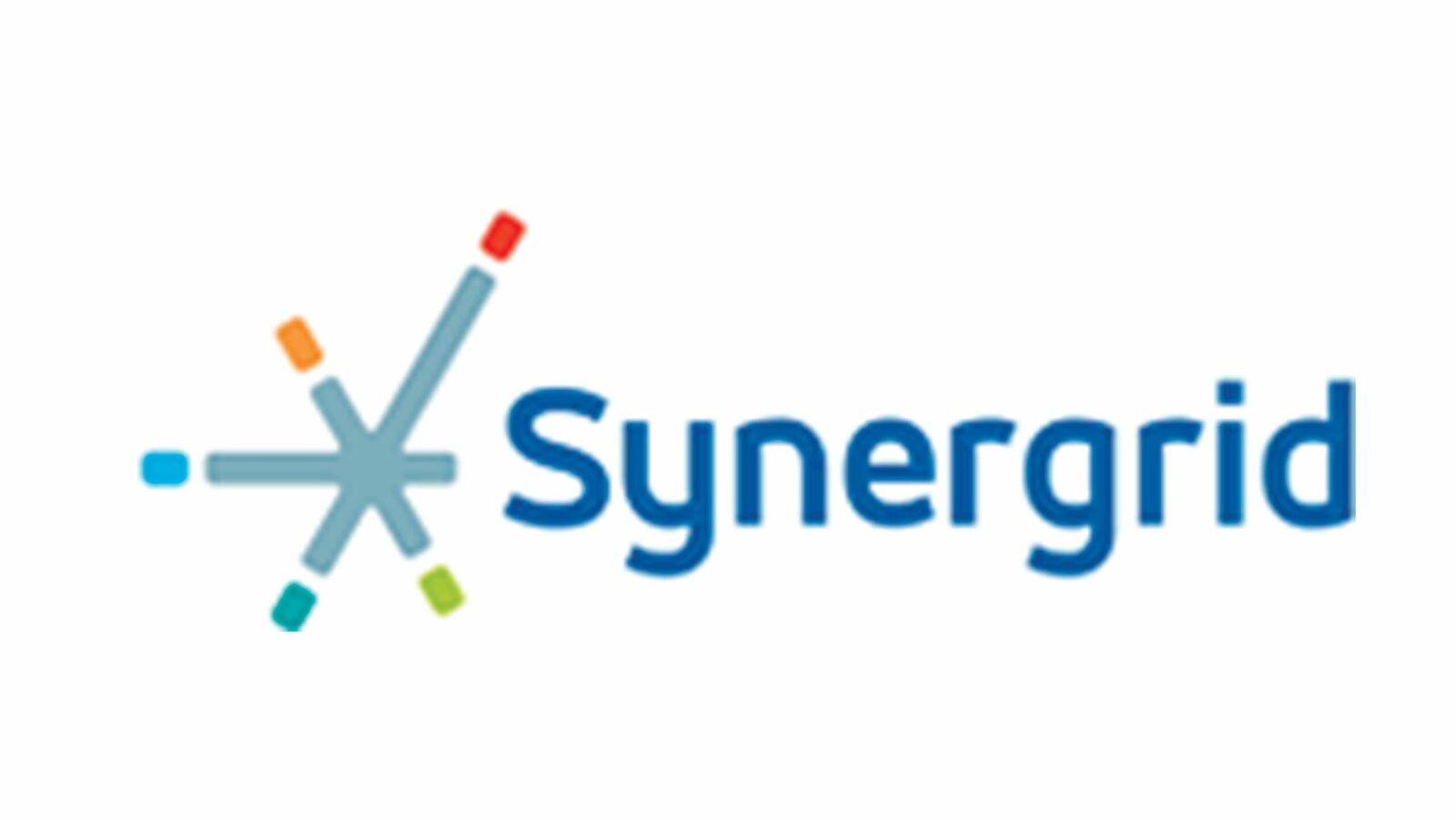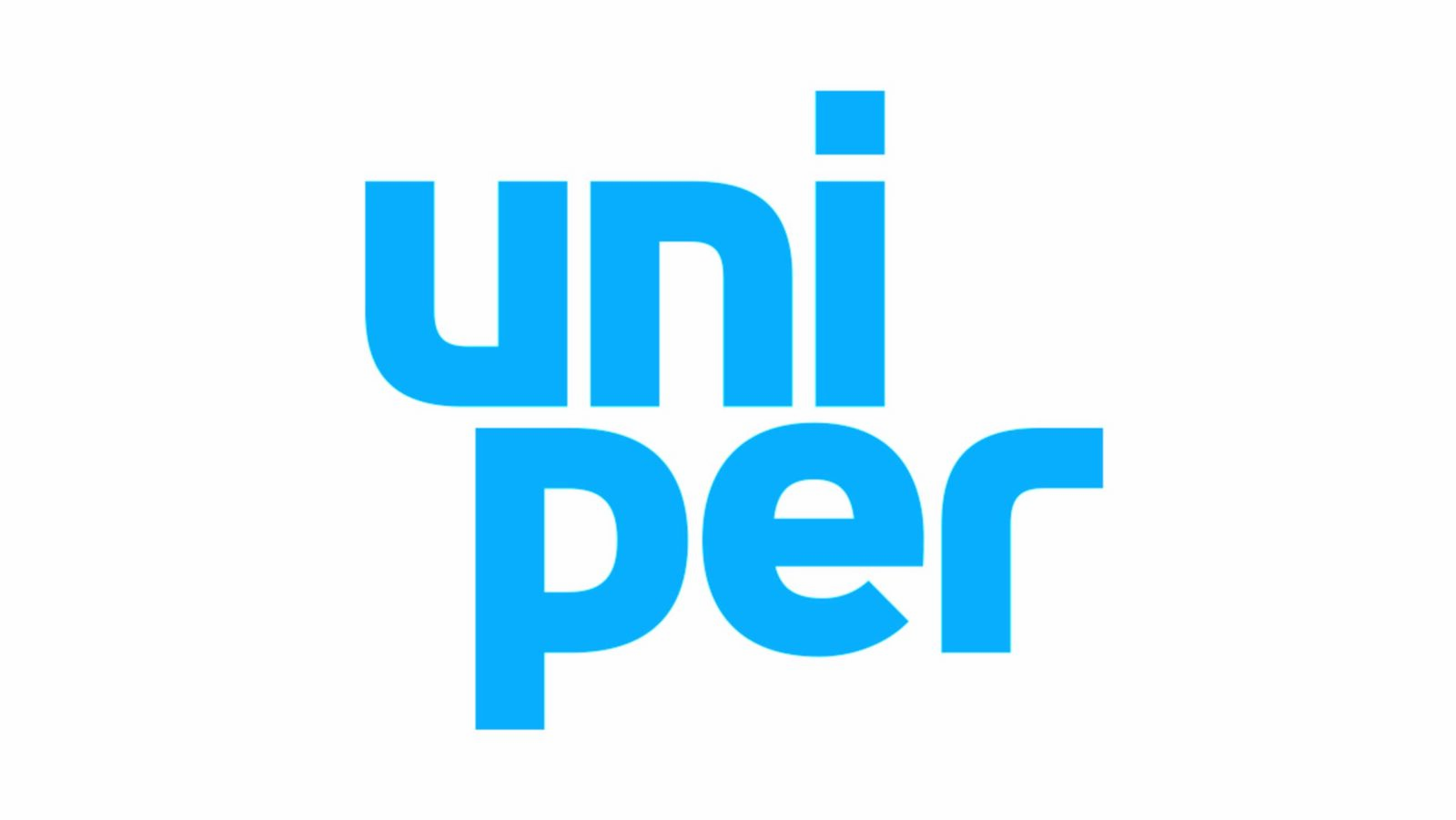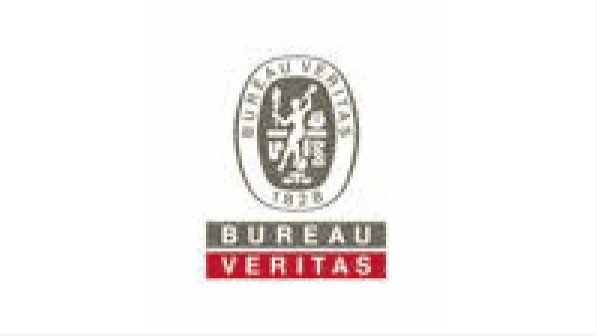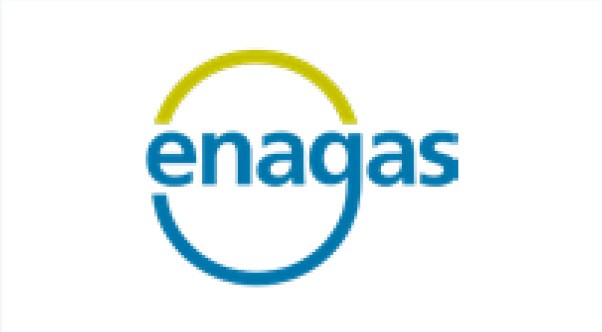GERG Research on Source and Site Level Reconciliation of Methane Emissions at the Midstream Sector
This study evaluated snapshot reconciliation, an instantaneous comparison of site and source level quantification methods, to understand how it can be implemented to verify current bottom-up data and provide midstream operators with recommendations to achieve consolidated Level 5 inventories. The project addressed existing knowledge gaps on how to implement site-level methods in real-world conditions to optimize emissions reporting.
A field campaign was conducted in Zelzate, Belgium, at a compression station operated by Fluxys, the Belgian Gas Transmission System Operator (TSO). Different cutting-edge site and source level quantification methods were deployed simultaneously. This initiative followed a previous Benchmark of the methods in a controlled environment in Spain in October 2021 (see Phase II.A).
A delegation of the European Commission visited the site during the tests to find out about the activities of the project and the different technologies involved. The project is in line with the objective of the European Commission to improve quantification and reduce methane emissions in the energy sector and represents an opportunity to continue paving the way towards climate neutrality.
An independent analysis of the results was conducted by scientists associated to Utrecht University. Recommendations prioritize identifying and addressing areas of improvement in the quantification, rather than primarily focussing only on the potential overlap between site and source level approaches. Due to the high uncertainty of site-level methods in real-world environments, often significantly outside the accuracy claimed by measurement technology vendors, the recommendations show the need to shift the focus away from the overlap of uncertainty ranges and instead use the analysis to identify current inventory gaps, ensuring the development of robust inventories that can be improved year after year.
The project was coordinated by the Spanish TSO Enagás and supported by Bureau Veritas, as field coordinator, with the participation of European Gas Infrastructure Operators and Gas Associations: Engie, Fluxys, Gassco, Gasunie, GERG, Medgaz, National Grid Gas Transmission, Open Grid Europe, Snam, Storengy, Sedigas, Synergrid, Teréga and Uniper.

